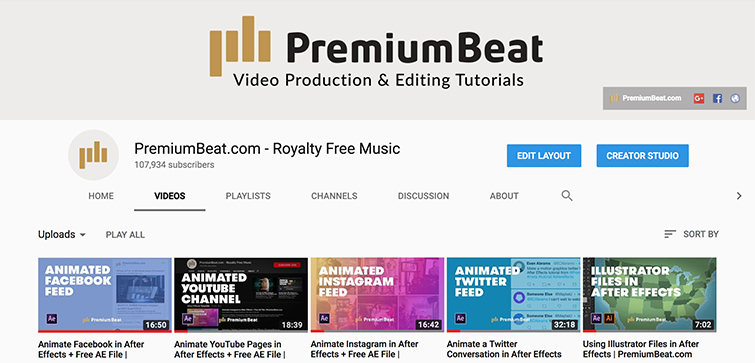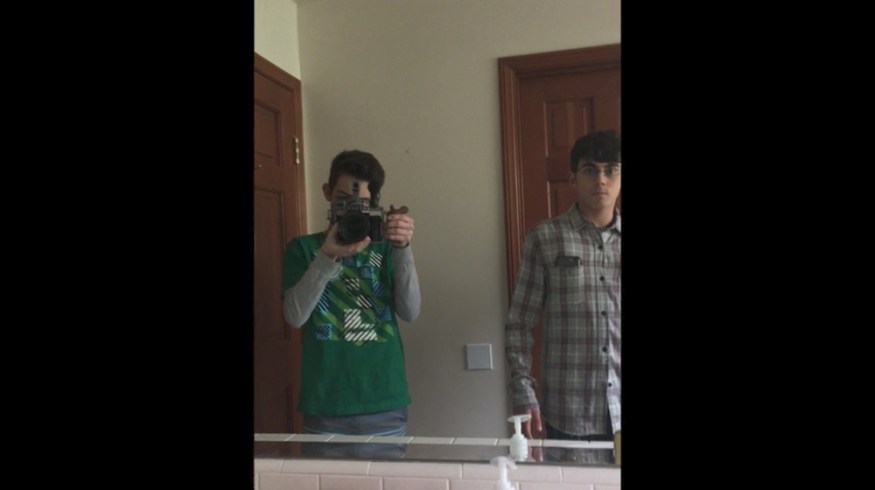
How “American Vandal” Shows Us the Future of Documentary Film
This Netflix original series relies on vertical cell phone footage and animated social media conversations, giving us a glimpse of future documentaries.
All images via Netflix.
In a mockumentary investigation series about spray-painting genitals on cars, Netflix somehow manages to show us the future of documentary films and docu-series. American Vandal is a true-crime spoof series that investigates the whereabouts of teenagers during a high school prank.
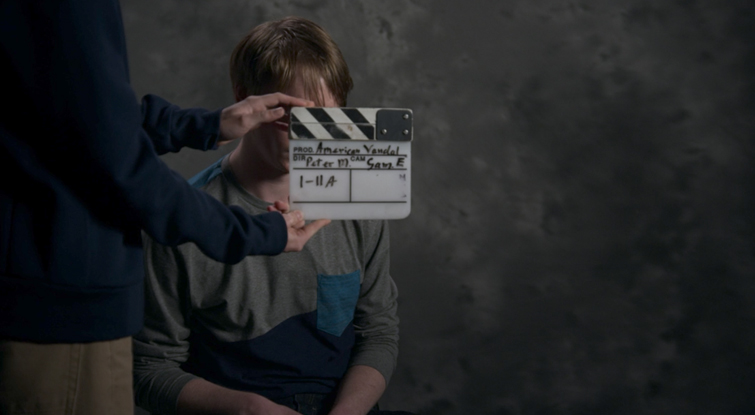
I just finished binge-watching every episode. Not only was it incredibly funny in the most juvenile ways, the series is very well done. The fact that they could stretch the premise to eight episodes and keep me captivated was astonishing. Not only that, the show is beautifully shot, edited, and colored, capturing the purest form of adolescence: acting like an idiot with your friends.
I can go on and on about the show, but I’ll let you dive into that yourself. You can watch the (NSFW) trailer here.
What I want to break down is how the mockumentary perfectly makes fun of the true-crime drama while making a legitimately well-crafted series. From subtly poking fun at the overuse of sliders and drones to using vertical cell phone footage and social media, this series has it all. I’m also going to show you ways you can create social media interfaces, so you can animate conversations and use these techniques as well.
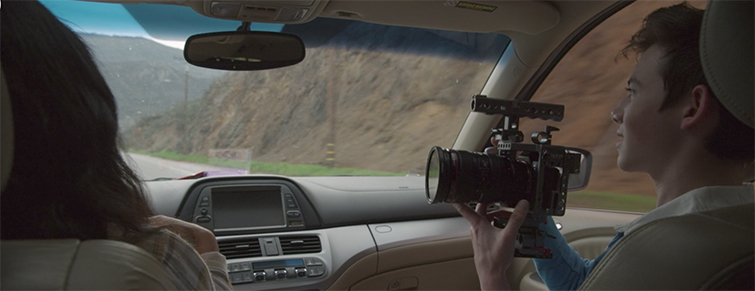
In the show, I found myself relating most to the high school students shooting, editing, and narrating the series. In what may come as a shock to you, I also was not very cool in school, was not good with girls, and spent way too much time with a camera in my hands.
The reason I bring this up is that cinematographer Adam Bricker perfectly captured the series in the way a high schooler would, though in a much more professional manner. High school filmmakers would use mirrorless cameras, and in the series it looks like a Sony a-series body inside of their camera cage. In addition, the students would have captured b-roll with sliders and establishing shots with drones.
(If you haven’t already watched our video tutorial on not overusing drones, by Zach Ramelan, I highly recommend checking it out. He makes some great points about the overuse of drones and sliders in today’s filmmaking world.)
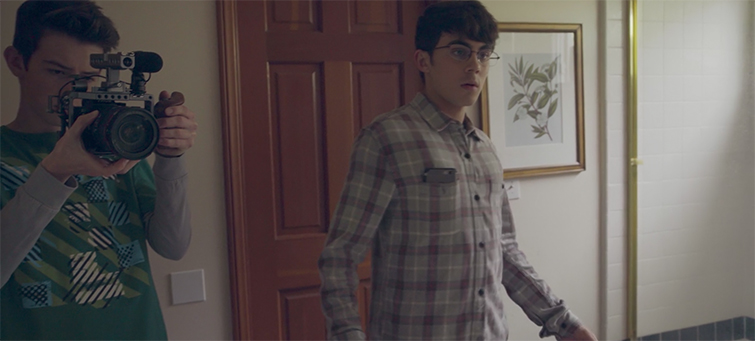
Above is a glimpse of episode six, in which we see the feaux-filmmakers prepare to shoot undercover by using an iPhone camera placed in a shirt pocket — a trick that obviously isn’t very sneaky. You can also see the camera rig they used to capture most of the other footage in the show.
In reality, American Vandal was mostly shot in 6K on the RED WEAPON DRAGON. Bricker lensed the series with the Leica Summicron-C primes and a Fujinon Cabrio zoom lens. But that’s not all. Too keep up an authentic teenager scenario, the crew really did use the mirrorless camera, iPhones, and GoPros to capture party footage and prank videos.
As for the aerial footage in the show, that is the work of the very talented crew over at Drone Dudes.
Over at The Verge, Megan Farokhmanesh interviewed American Vandal co-creator and director Tony Yacenda. During their conversation, you see how the focus of the show shifted by examining the modern teenager.
The common threads were that high school kids don’t use Facebook much … Certainly not with their own friends. They use a lot of Snapchat. Instagram is the main one. But I guess you learn that kids have their public Instagram, and then they’ll have a private Instagram for just their close friends, so they can post memes or whatever.
By understanding the apps these characters would actually use, this subtle use of real interfaces actually goes on to show what a real documentary film would look like in another ten years. Think of the modern news segment, bloated with random tweets from viewers or live footage of massive storms shot vertically on cell phones.
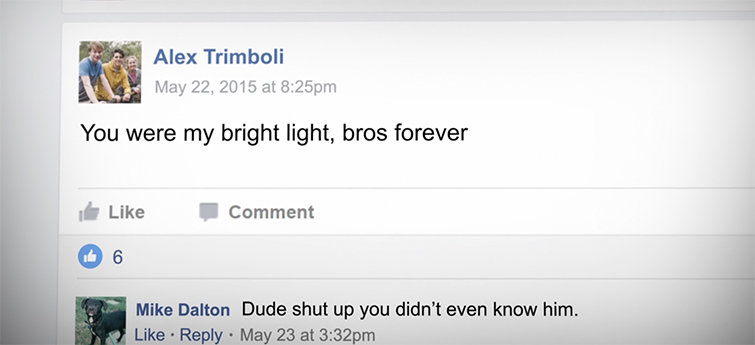
In that same Verge interview, Yacenda went on to say the following:
We always wanted to have logic of why a high-school kid would be shooting a video in the first place. Maybe it’s somebody taking a selfie in the foreground, and something’s happening in the background.
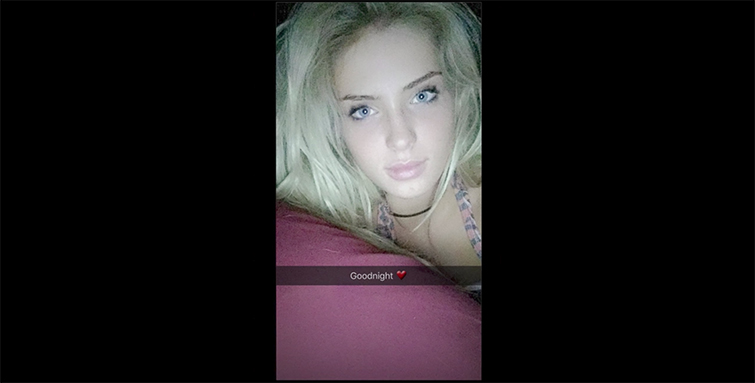
American Vandals other co-creator and writer Dan Perrault develops that idea further,
We wanted a ton of B-roll from the iPhone … And so we would clear the crew out of the room and basically play out the party as it naturally would go, and just give separate kids iPhones to get footage from that.
With the large amount of footage shot by individuals on their phones, American Vandal makes you think about the future archive of footage. This is literally the way the world works now, and with the mass amount of media that will be available to future documentary filmmakers, they will struggle to make the various media formats work together cohesively.
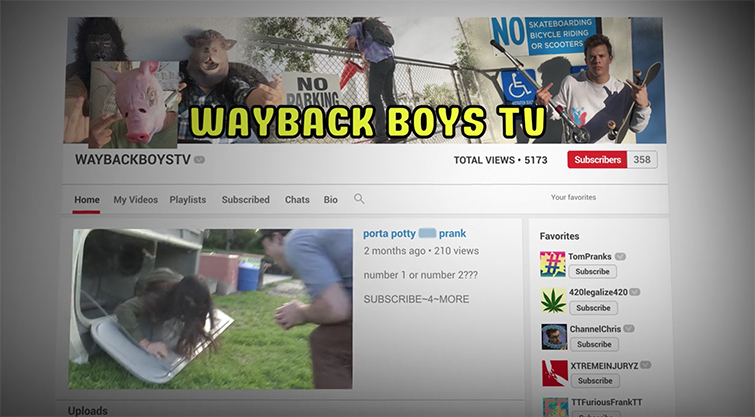
That said, American Vandal already nailed it. Even though everything in the show is scripted, editors Ali Baron, Andrew McAllister, and Jessica Brunetto seamlessly made everything work. Not only does it work, it’s incredibly compelling. Viewers will relive moments in school or at parties through many angles and various times through cell phone footage — both horizontal and vertical.
Like I mentioned before, American Vandal already makes use of footage shot on iPhones and GoPro cameras, but it also uses footage and images captured in Facebook, Instagram, Twitter, SnapChat, Twitch, and YouTube.
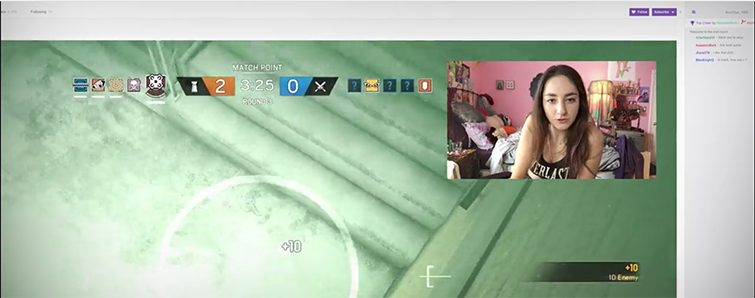
The presence of social media and online platforms in this series is staggering, and I don’t mean this in the way other films and shows have made minor references to sites like YouTube. Each different site in American Vandal plays a different role, and it may be one of the most accurate representations of online life I’ve ever seen.
If you’re interested in recreating and animating social media platforms, we’ve recently put together a series of After Effects tutorials showing you how to create the user interfaces for Instagram, Facebook, Twitter, and YouTube.
- Create and Animate the UI of Instagram with Adobe After Effects
- Create and Animate the Facebook UI in Adobe After Effects
- Learn How to Animate Twitter Conversations in After Effects
- Create and Animate the YouTube UI in Adobe After Effects
Even if this series isn’t your type of comedy, it’s well worth the research, so at least watch the first episode. It’s likely you will experience what the future of documentary film has in store.
Thanks for reading! If you’re interested in more piece like this, I’d suggest checking out some of the following articles:
- How Editor Paul Machliss Cut Baby Driver in Real Time on Location
- A Look Inside the Post-Production Process Behind “It”
- Inside Atomic Fiction: An Exclusive Interview With a VFX Powerhouse
- The Media Machine Behind the Dallas Stars
- Interview: Director of Photography Behind HBO’s The Defiant Ones
- Interview: Director of Photography Jake Swantko of Netflix’s Icarus


